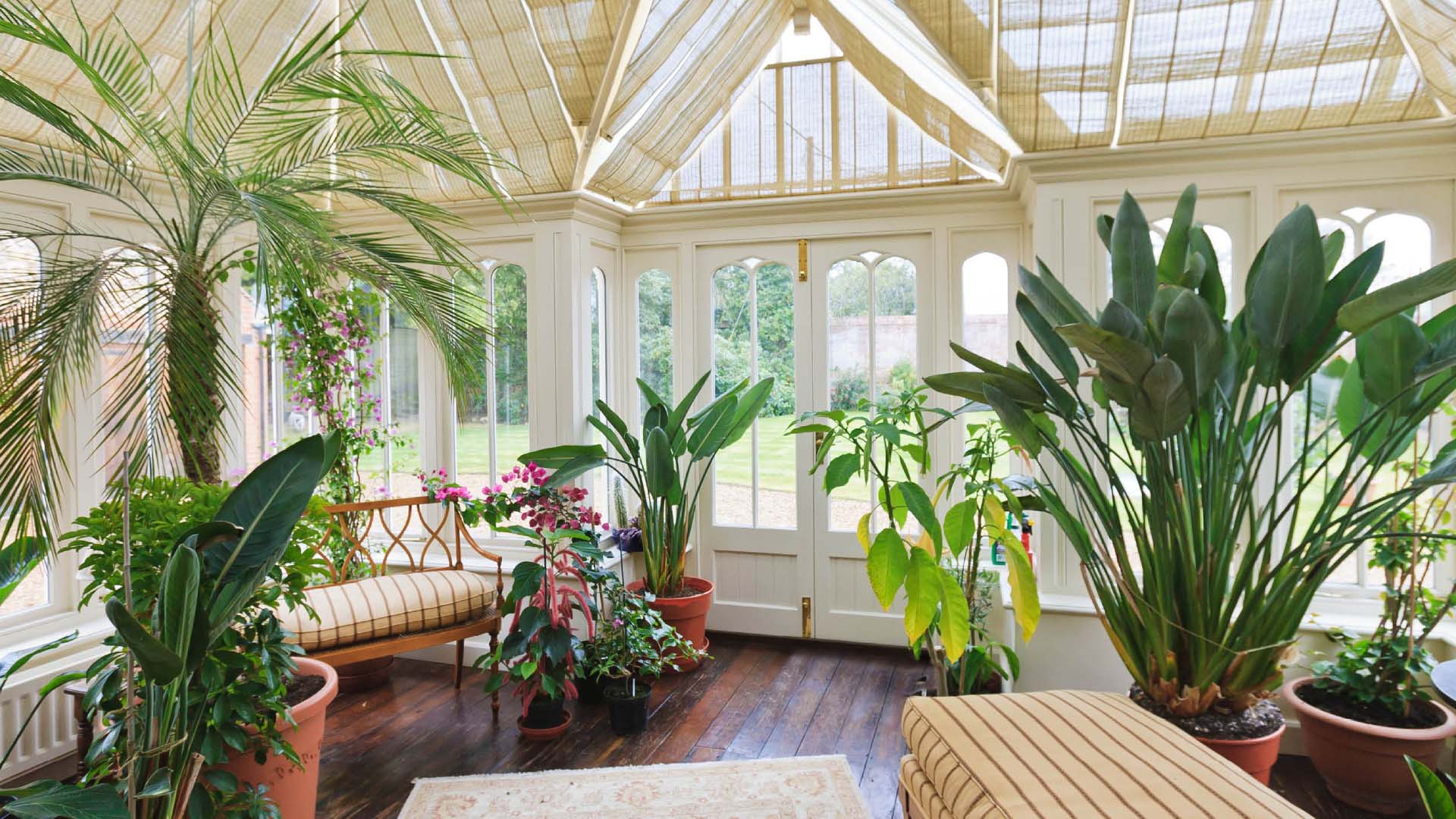
With the unpredictable weather often restricting our activities outside, any type of conservatory can be the perfect bridge between garden and home. Whether it’s a haven from the rain, or a warm, sunny spot to soak up the evening sun, there’s no doubting the appeal of a light-filled glass room.
And with conservatories as appealing to plant life as they are to human life, it’s the ideal environment for flora to thrive, giving you the enjoyment of a luscious green oasis, all year round.
Although prickly in appearance, they’re easy-going by nature
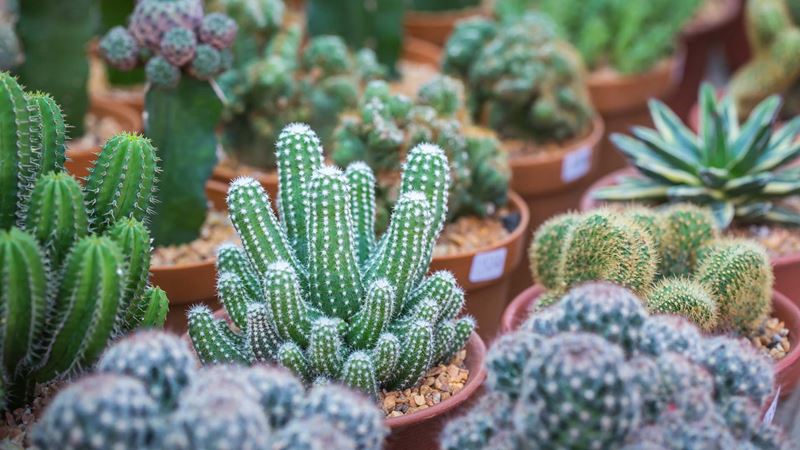
Great conservatory plants for beginners
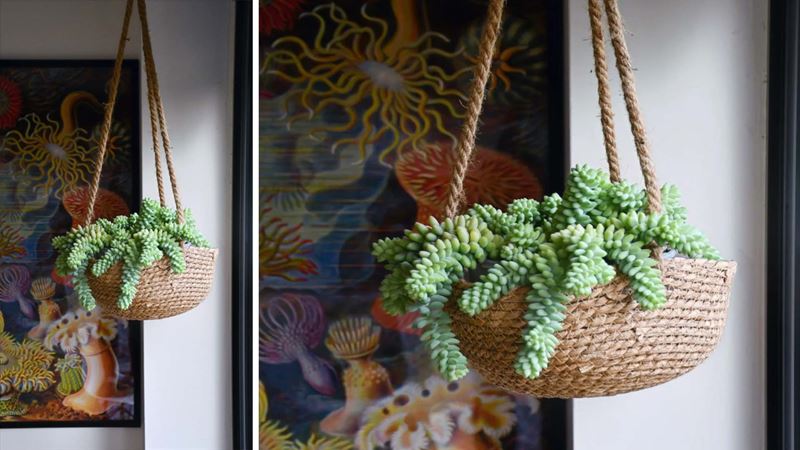
If you are new to the delights of conservatory plants, “consider low-maintenance indoor plants like succulents,” says Palphramand. “The jade plant (Crassula ovata), also known as the money plant, requires a sunny spot to grow and has fleshy oval-shaped leaves that are believed to bring good fortune.”
Or, if you have a small conservatory and want to curate shelved planting and enjoy trailing greenery, Emily Lawlor, owner of Happy Houseplants, says you can still achieve this look with succulents, proposing the Sedum morganianum, (or burro's tail), for “its fleshy, trailing stems, which are adorned with plump, blue-green leaves that create a mesmerising waterfall effect.
“It thrives in bright, indirect light and requires infrequent watering,” adds Lawlor, “making it an ideal choice for conservatories.”
Add scent as well as colour
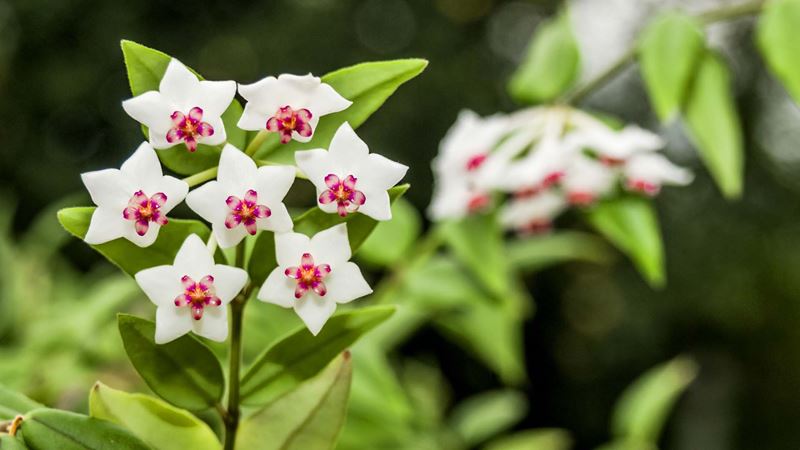
Halia Petrenko, gardener at the National Trust’s Wentworth Castle Gardens in Yorkshire, suggests Hoya bella, which has fragrant white and purple flowers, as the perfect plant for adding scent to your conservatory.
In terms of maintaining the look and fragrance of your flora and greenery, Petrenko says to treat your conservatory planting as you would your garden beds.
“Plant early in the season and then keep adding to your collection throughout the year.”
Her top tip for ensuring your plants thrive? Make sure the room temperature never falls below 10°C (50°F).
They’ll add height for maximum impact
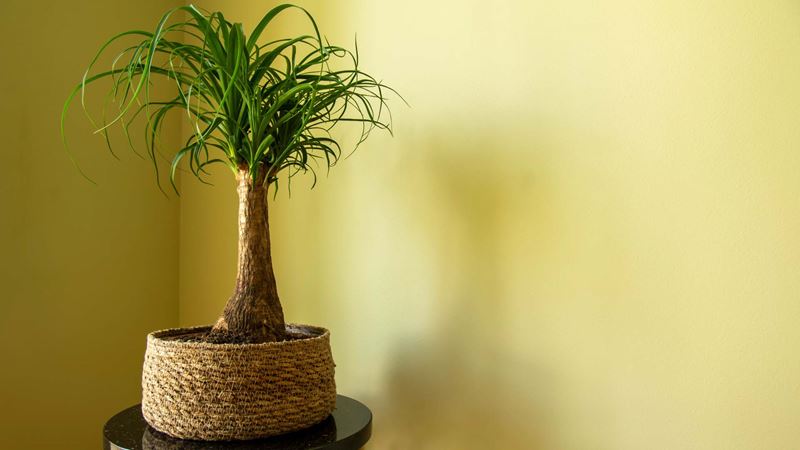
If your conservatory is an orangery, benefiting from roof lanterns and high reaching ceilings, growing palms in containers is a viable option.
“The Kentia palm is a good option for indoor growth,” says Palphramand, “adding height and drama to your garden room. This ‘ponytail’ palm also does well in dry and humid environments,” he adds, “and its foliage adds flair to your conservatory. It is slow-growing and can be enjoyed for years to come.”
Getting the balance between hot and cold throughout the year is often one of the trickiest parts of looking after conservatory plants, according to Palphramand.
Your conservatory may be heated, or it may not. You may have installed blinds and protection from the sun, or it may be that you prefer not to cover up your view. Either way, when choosing your conservatory plants, you should always be prepared to move any that can’t cope with such severe fluctuations.
Palphramand shares some tips for all conservatory owners:
Embrace exotic beauty
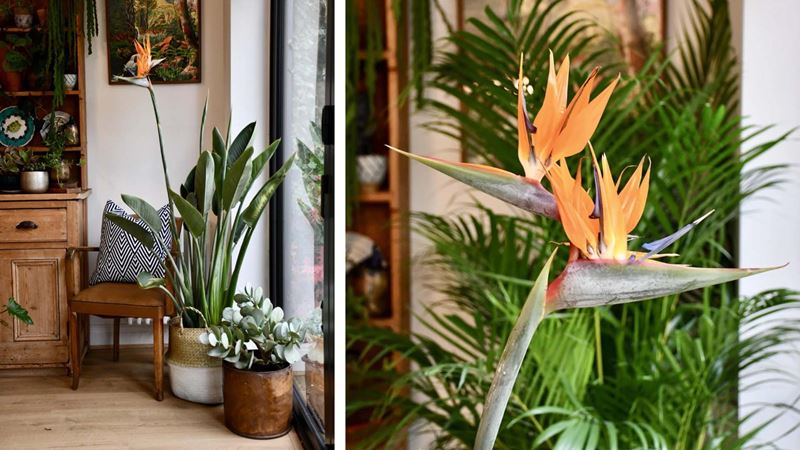
A Strelitzia reginae plant, otherwise known as a ‘bird of paradise’, is easily recognisable for its vibrant blue and orange flowers, resembling tropical birds in flight.
As well as being a sure-fire conversation starter, it’s ideal for nurturing in a conservatory environment.
“It thrives in bright light,” says Lawlor, “and although it may require a bit more attention, as it will need regular misting to maintain the humidity levels it needs, the rewards are well worth the effort.”
Add blooms with a holiday feel

We’ve all gazed in awe at the wonderful plants we come across on holiday. In fact, before border rules became tightened, I remember family members bringing back cuttings from plants they’d seen on their travels in the hope of cultivating them at home
Without a greenhouse, their attempts were usually unsuccessful, but with a conservatory to hand, you could have more luck.
To replicate your holiday villa feel, Palphramand suggests, “Bougainvillea, a climbing plant that prefers at least five-to-six hours of bright, indirect light that can bring a touch of the Mediterranean to your home.”
It’s not always the easiest plant to track down in the UK, but Westdale Nurseries is a specialist. The family-run business was established in 1940 and now boasts more than 200 varieties flourishing in its two-acre Wiltshire nursery.
When it comes to creating an impactful conservatory plant display, Bishop says it’s all about the height.
“To really make an impact, group plants together using tables and stands of varying heights to add depth and interest,” she says.
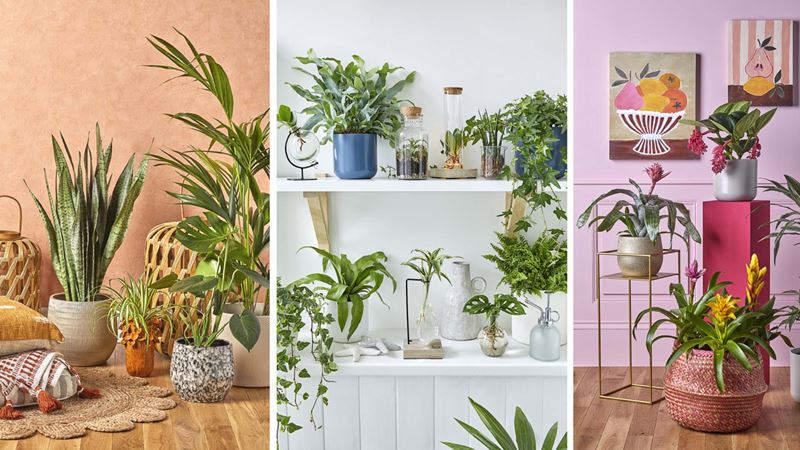
On shelves, she says it’s again about using differing heights and sizes, but also taking advantage of the fact you can use trailing plants to create extra interest.
“For a trending high summer look, pop your plants in bright woven containers,” she says, “or create a timeless display with monochromatic pots in varied tones.”
For a rainforest rather than alpine feel
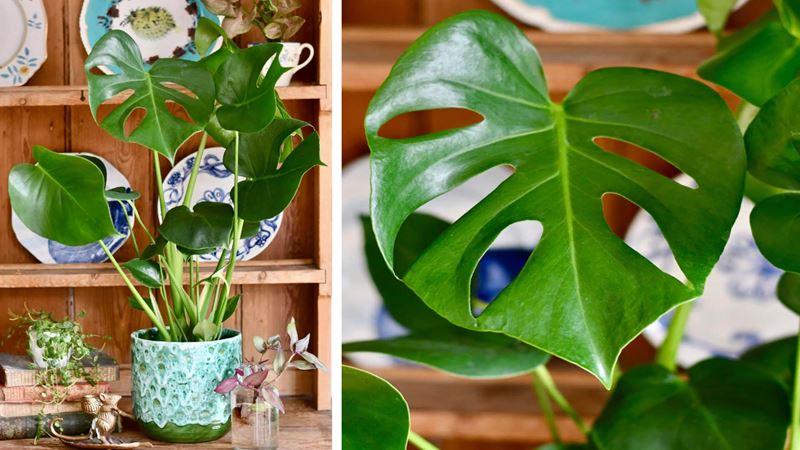
Named for its ‘holey’ appearance that’s likened to its namesake, the Monstera deliciosa – more commonly known as the Swiss cheese plant – is native to the rainforest as opposed to the mountains.
Lawlor tells us that, even though it thrives in warm and humid conditions, it is more than happy to call a UK conservatory, home. To ensure the large, fenestrated leaves develop well, she advises placing it in bright, indirect light and provide regular watering to help it flourish.
For a shade-and light-loving specimen
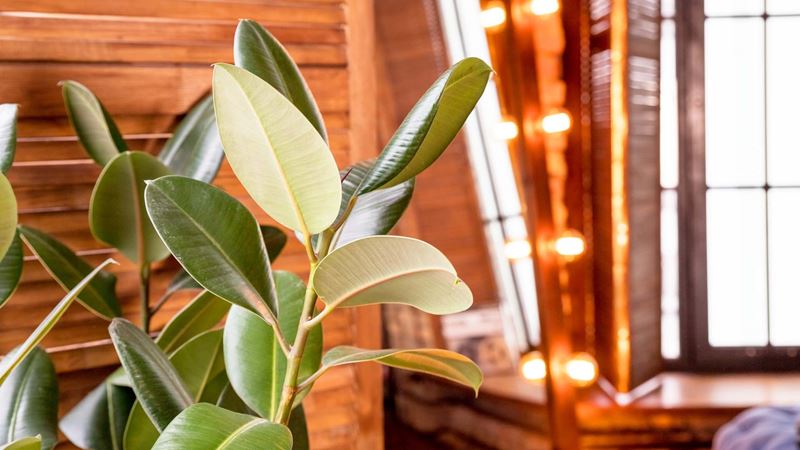
To add to your rainforest look, a visual partner to the Swiss cheese plant can be found in the form of the Ficus elastica 'Abidjan,' also known as the rubber plant.
“It’s an excellent choice for conservatories,” says Bishop. “Its large, glossy leaves in shades of green and burgundy create a striking visual impact, while requiring minimal care, as it can tolerate a range of light conditions,” she adds. “It makes it suitable for both sunny and partially shaded conservatories.
“To maintain its lush appearance, ensure regular watering and occasional misting.”
It will happily spend time outdoors as well as inside
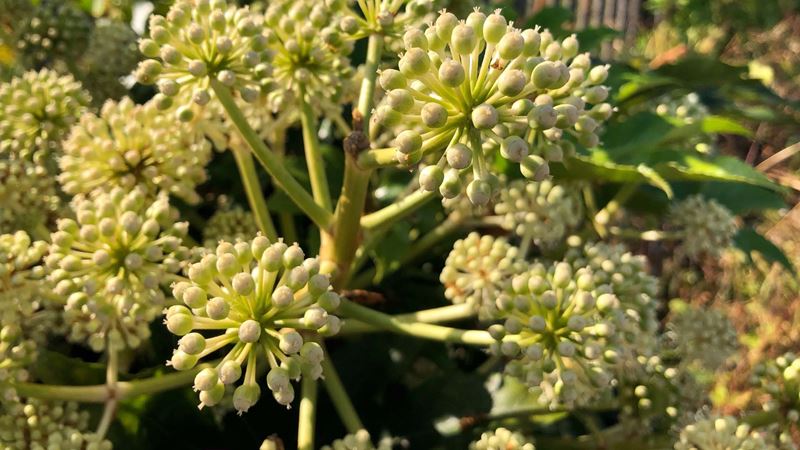
Bishop tells us that plants love a holiday as much as the rest of us, so while a conservatory provides a safe harbour for them in the winter, another option is to choose plants that enjoy both inside and outside life.
“Heat-loving varieties like Fatsia japonica can be placed outside on a doorstep, balcony or patio during the warmer months,” she says, “and then brought back inside when temperatures cool down.
“Exposing plants to fresh air and sunlight can be beneficial to their appearance and overall health,” adds Bishop. “Just make sure you keep an eye on the weather and, if temperatures are expected to drop, bring them back indoors.”
A plant that needs less humidity

Although misting humid loving plants is an easy option, if your conservatory is filled with soft furnishings, rugs and fabrics, you may prefer to just water your plants than spray water around.
If so, Lawlor says you still have plenty of options available to you.
“The Rhipsalis ramulosa, commonly known as red coral, is a unique and eye-catching hanging plant that thrives in conservatory settings,” she says. “Its ability to tolerate slightly lower humidity levels makes it well suited for British conservatories, while its trailing, coral-like branches add a touch of whimsy and elegance.” For best results, place it in bright but indirect light and water moderately.
Provide some respite from the sun
Although we may not be blessed with guaranteed sunshine year-round, it’s important to offer your plants some occasional protection when we do have sunny days – even those that are known to be sun-worshippers.
Conservatory blinds, curtains, sheer panels or tinted film all help to reduce the intensity of the sunlight. Lighter fabrics will still provide you with enough diffused light, while tinted film can also help block harmful UV rays.
This can be attached to either the interior or exterior of the conservatory to cover those areas most affected by sunlight. It comes in various densities with the amount of protection increasing in line with the percentage. If installing outside, always ensure it is tightly secured.
If your conservatory has an exterior area, or you have chosen the front of the room to house your conservatory plant collection, retractable awnings or shade structures outside the windows can help provide additional shade. As most are adjustable, they also give greater control to increase/decrease shade as the sun moves throughout the day.
Remember that these structures are not just for outdoors. They can also be installed inside and covered with shade cloth or climbers to create natural shade. Climbing plants, like ivy or passion flowers, are all suitable options.
Add southern American vibes to the suburbs
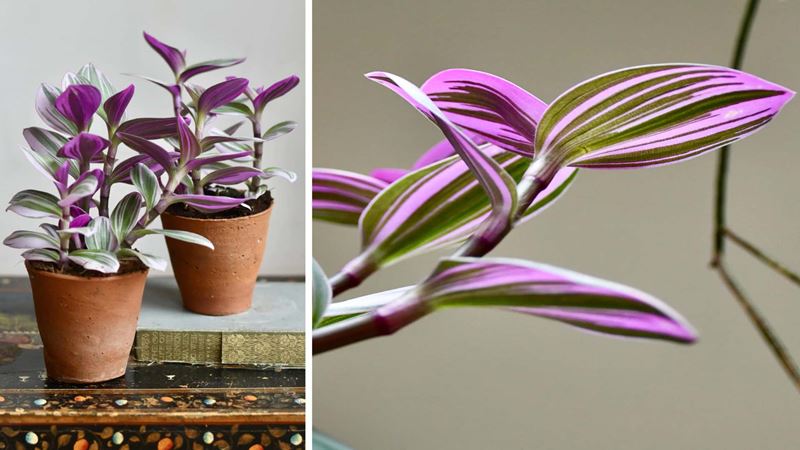
It’s perhaps no surprise that the warm and humid climate of the southern plains produces a variety of flora that can thrive in the right conservatory conditions.
Lawlor recommends the Tradescantia zebrina ‘Violet Hill’, but make sure you have plenty of space. 'Violet Hill’ can reach up to 46cm (18 inches) in height and 61cm (24 inches) in width.
“The leaves are a bright-green colour with prominent white stripes running down the centre of each leaf,” says Lawlor, “with a gorgeous violet undertone.”
“In the wild, Tradescantia zebrina 'Violet Hill' grows as a ground cover in humid and shady areas,” she explains. “It’s a perennial plant that grows by producing trailing stems that spread out and root at the nodes, forming a dense mat of foliage.”
If you’ve been caught up in the current trend for Barbiecore pink , another perennial, the pink ‘Nanouk’, also known as the Venice, is a herbaceous perennial plant.
“It is a relatively new cultivar,” says Lawlor, “developed through selective breeding in the horticultural industry, and has a full shape and wonderful foliage, making it a real showstopper.”
A snake plant is life-enhancing – despite its name
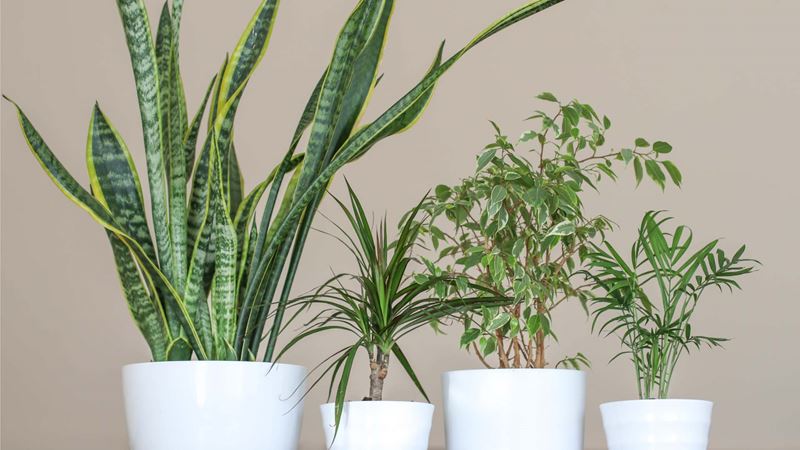
While nearly all plants are known for their ability to lower your stress levels, improve concentration and purify the air by removing toxins and releasing oxygen, some are said to do it even better than others.
The Sansevieria laurentii, or snake plant, is one such specimen.
“It’s a resilient houseplant that thrives in a variety of environments,” according to Lawlor. “Known for its air-purifying qualities and ability to tolerate lower-light conditions – ideal if your conservatory has shady spots that you want to brighten with a pop of green – it also requires minimal watering, making it a potential must-have if you’re leading a busy life.”
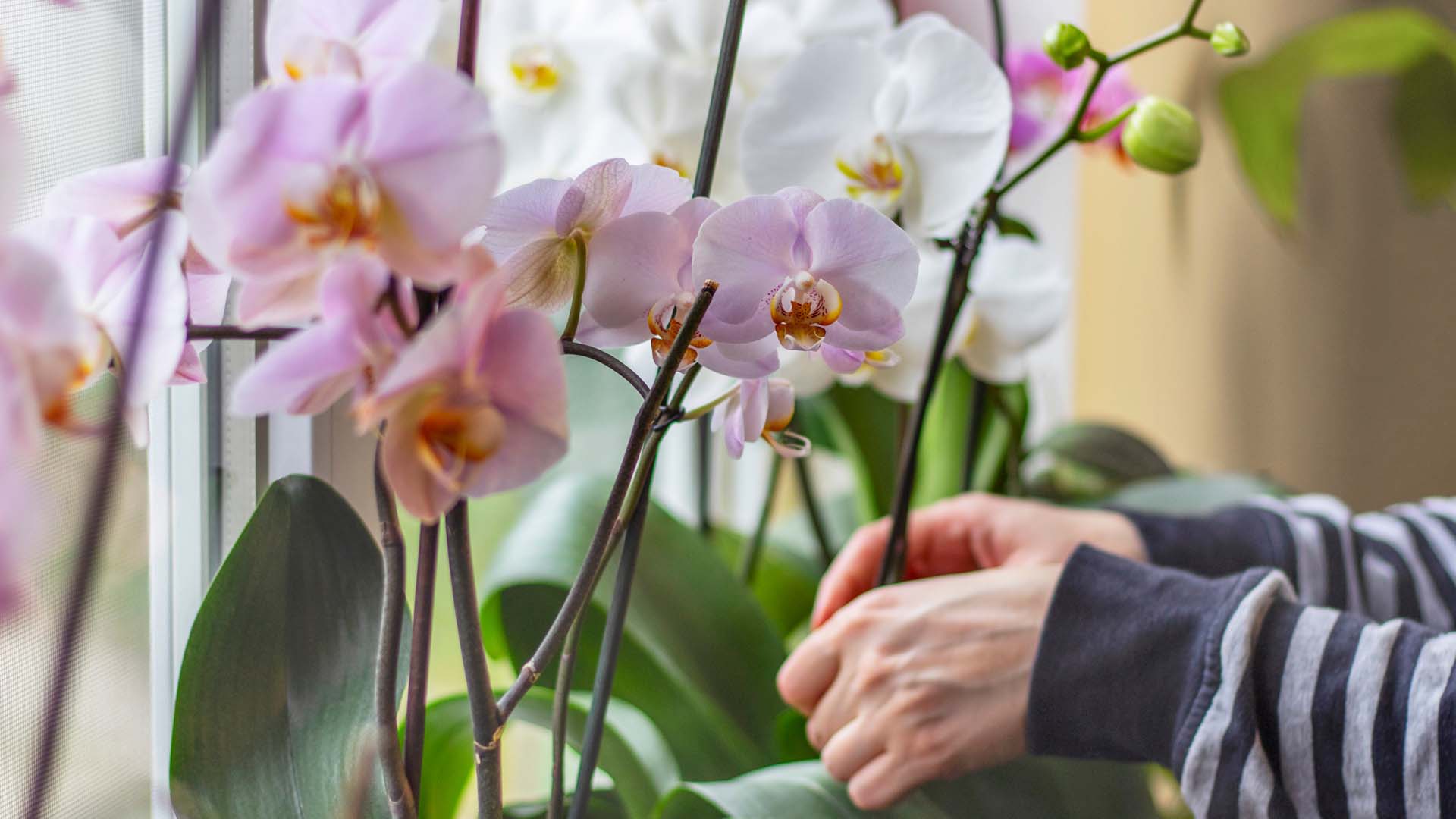
Our expert pruning and watering hacks include a top tip to keep them flowering from Alan Titchmarsh.
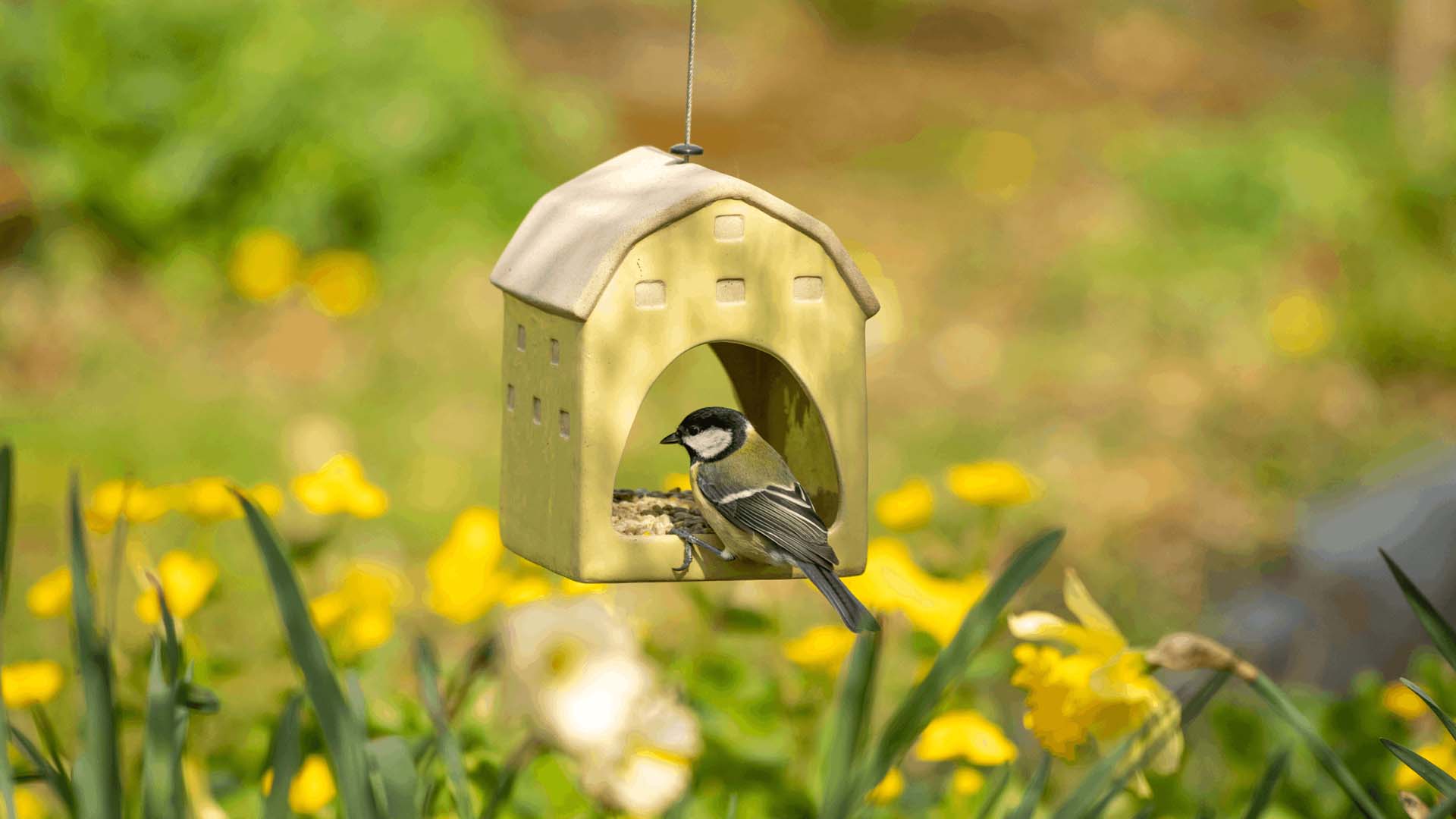
Don’t make these bird-feeding mistakes. Expert advice on how to feed birds in your garden safely.
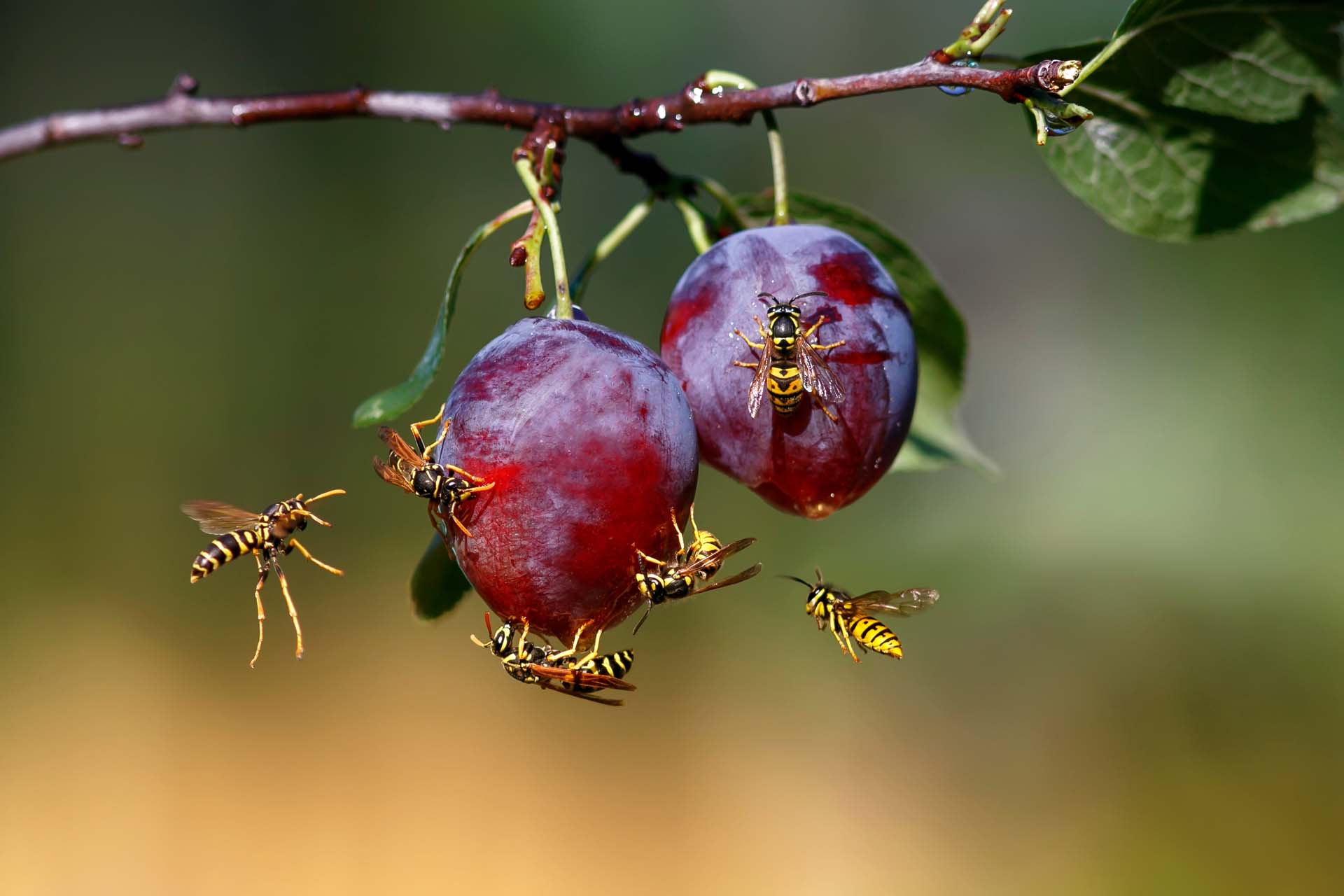
Blighted by buzzing? How to keep wasps out of your garden without harming them so you can enjoy the summer.
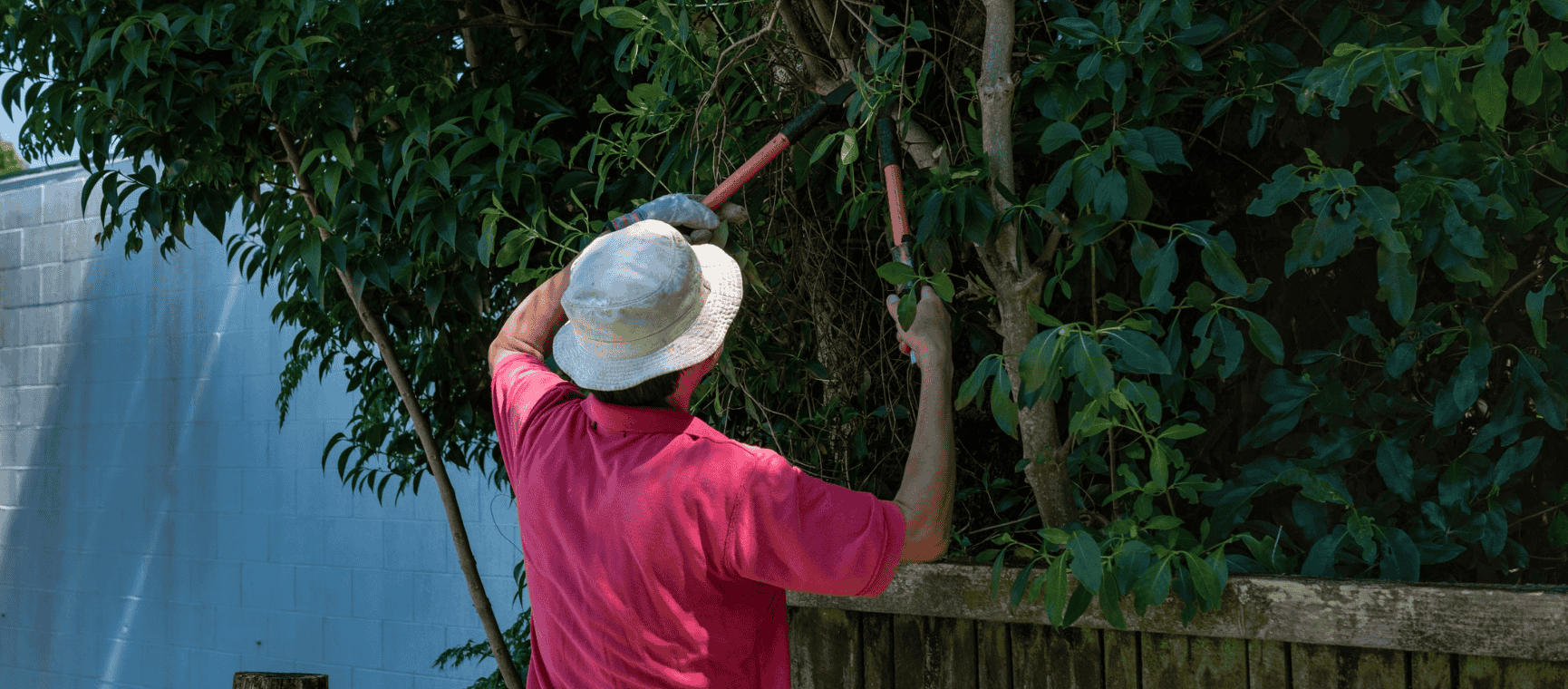
The ways you could be breaking the law in your back garden - with expert advice on how to avoid neighbour disputes, a fine or even a prosecution.
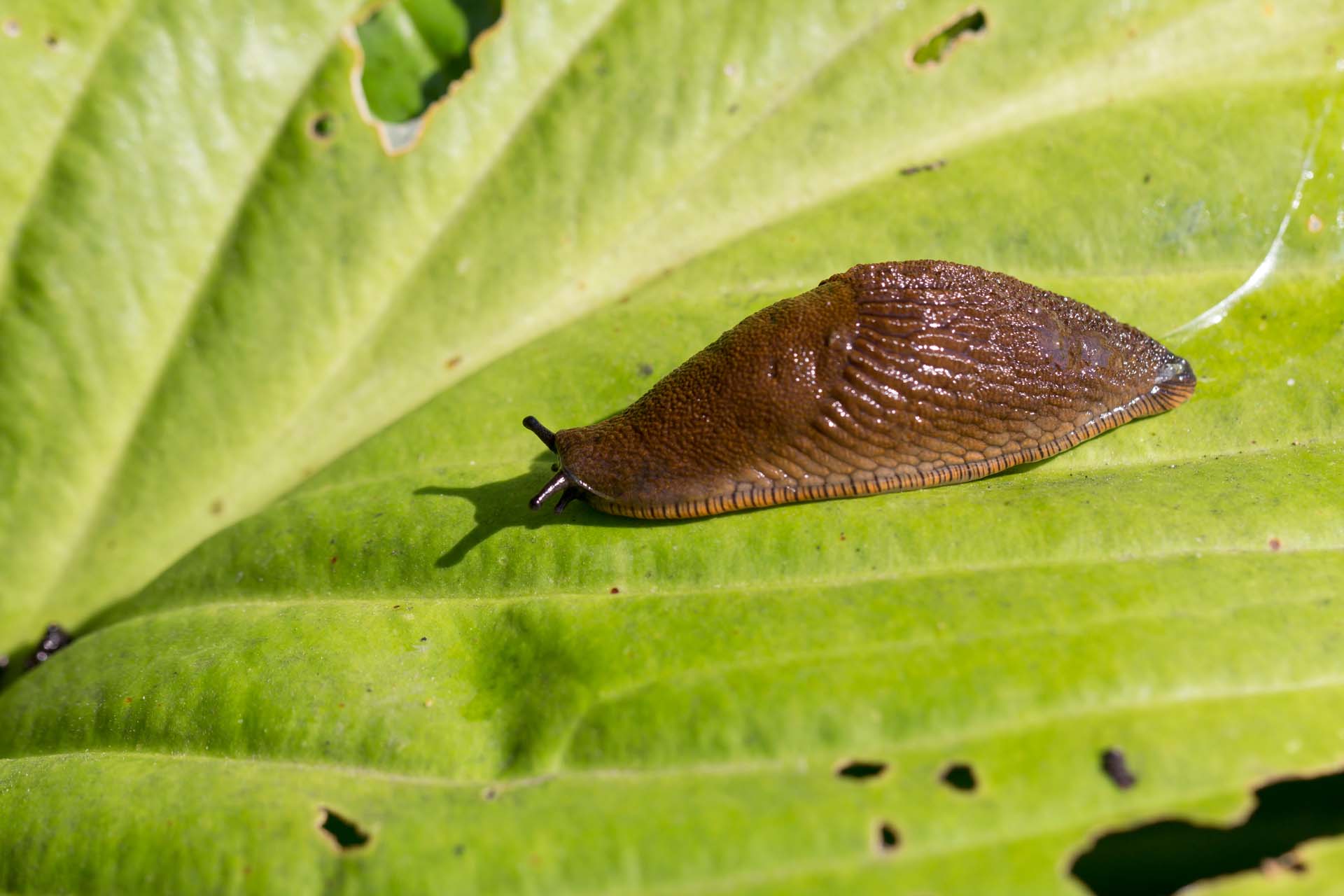
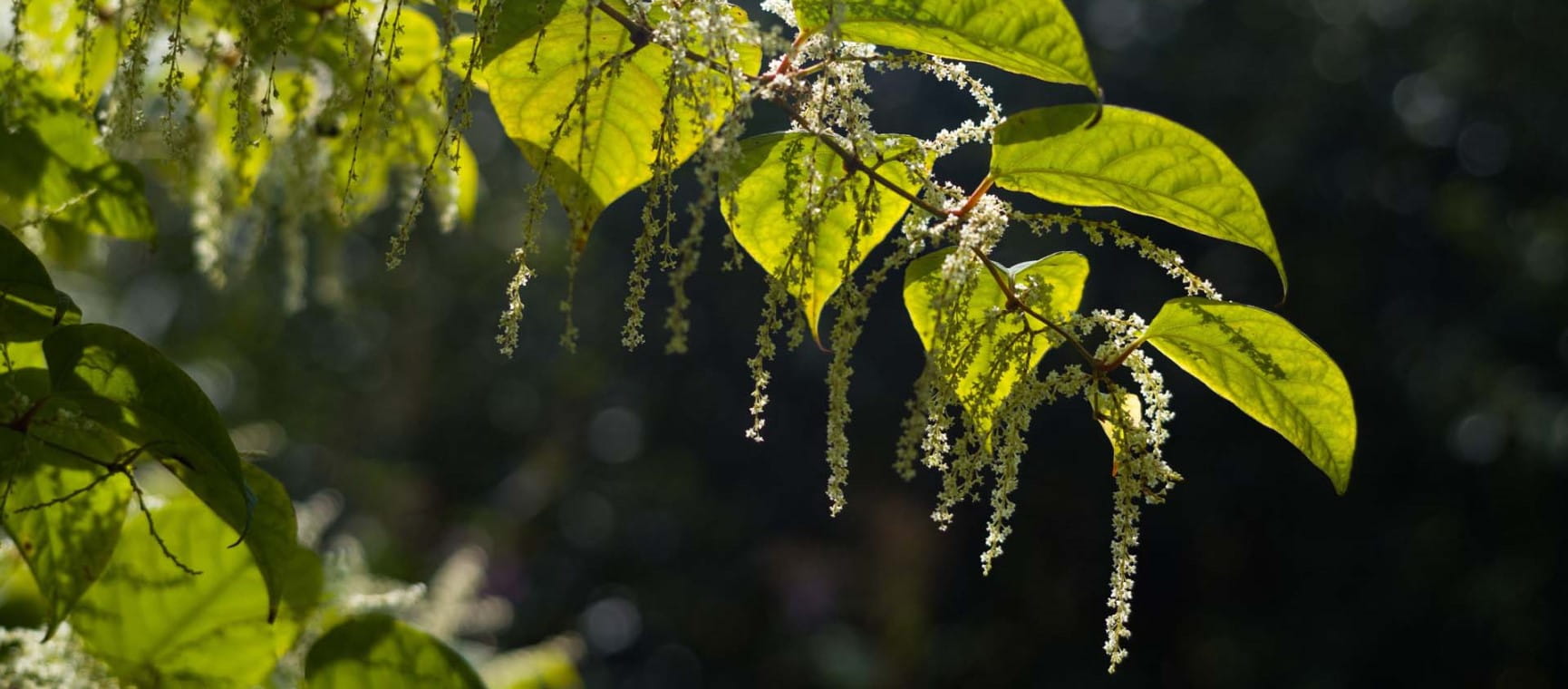
Everything you need to know about Japanese knotweed, the fast-growing plant nobody wants in their garden.